Black Gum Tupelo Tree (Nyssa Sylvatica) – 1 Gallon Pot
$45.97 Original price was: $45.97.$32.18Current price is: $32.18.
SKU: D2LSC 1732812676 Category: TREES
- Buy quality, buy with us.
- Your Security is Our Promise
- Sustainable materials, for a better tomorrow.
- SSL encryption, absolutely safe shopping

Black Gum Tupelo Tree
Nyssa sylvatica
Other Common Names: Blackgum, Black Tupelo, Nyssa, Pepperidge, Sour Gum
Plant Details
USDA Plant Hardiness Zones: 3a-9b Find Your Zone
Shrub Type: Deciduous Tree
Height at Maturity: 20 to 30′ in full sun; 50 to 80′ in woodland settings
Width at Maturity: 20-25 feet in full sun; 30 to 35′ in woodland settings
Spacing: 40 feet for space between trees
Growth Habit / Form: Conical, Upright
Growth Rate: Moderate
Flower Color: Greenish White, insignificant, not showy
Flower Size: 1″
Flowering Period: Spring
Flower Type: Single, in clusters, insignificant
Fragrant Flowers:
Foliage Color: Dark Green in Summer, Brilliant Scarlet Red in Fall
Fragrant Foliage: No
Berries: Yes
Berry Color: Bluish Black
Sun Needs: Full Sun to Part Shade
Water Needs: Average, drought tolerant when established
Soil Type: Clay, Loam, Sandy(amended), Silty
Soil Moisture / Drainage: Moist But Well-Drained, drought tolerant when established
Soil pH: 5.0 – 8.0 (Acid to Alkaline)
Maintenance / Care: Low
Attracts: Visual Attention, Beneficial Pollinators, Birds, Mammals
Resistances: Deer, Disease, Drought, Heat, Insect, Salty Soil
Description
One of the toughest yet most attractive North American trees around, the Black Gum, also known as Tupelo, is tolerant of drought, heat, dry and wet soils and is moderately salt tolerant withstanding wind and ice and salt spray in coastal locations. Deep green summer leaves are similar in appearance to Magnolia with a high-gloss appearance, but the most spectacular feature is the brilliant scarlet red foliage that might include many shades of yellow, orange or purple all on the same branch. Edible bluish-black berries appear in late summer and fall and are often gobbled up by many species of birds and mammals. When planted in full sun Black Gum grows from 30 to 5 feet in height over time with a spread of 20 to 30 feet. In woodland settings, where the tree has to reach for sunlight, it can grow up to 80 feet tall.
Fruit can be eaten raw or cooked. Produces a thin sharply acid pulp that is pleasant to roll in the mouth as a masticatory, it is also used in preserves. The honey bees produce from the flowers of this tree is highly prized.
Wildlife Value
The fruits (berries) are enjoyed by thrushes and other songbirds, wild turkeys, black bear, foxes, raccoons and opossums from August through October. It is one of the most important food sources for fall song bird migration. The natural hollows that form in the tree are a refuge for reptiles, tree frogs, bats and other wildlife. Though inconspicuous and not showy, the spring flowers are a nectar source for bees.
Landscape & Garden Uses
Growing 30 to 50 feet tall and 20 to 30 feet wide, the Black Gum is ideal for use as a specimen or in grouping in sunny to partially shaded landscape and woodland borders. Also a great selection to line a street, property line or driveway and a fine addition to bird and wildlife gardens, native plant gardens, edible gardens, cottage gardens and Xericapes (low water needs).
Suggested Spacing: 40 feet for space between trees
Growing Preferences
The Black Gum Tree grows best in most any moist but well-drained soil of average fertility and full to mostly sun. Established trees are very drought tolerant. Light shade is tolerated.
Note: Find helpful advice from our experts under the Planting & Care tab above on desktop screens and below on mobile phones.
Plant Long & Prosper!
Meet The Wilson Brothers & Staff
Questions? Contact Us
Be the first to review “Black Gum Tupelo Tree (Nyssa Sylvatica) – 1 Gallon Pot” Cancel reply
Related products
Sale!
Sale!
Sale!
Sale!
Sale!
Sale!
Sale!
Sale!

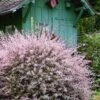


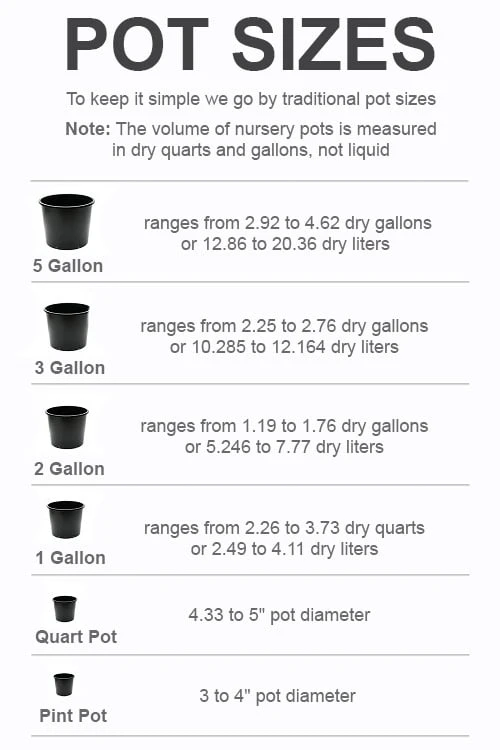


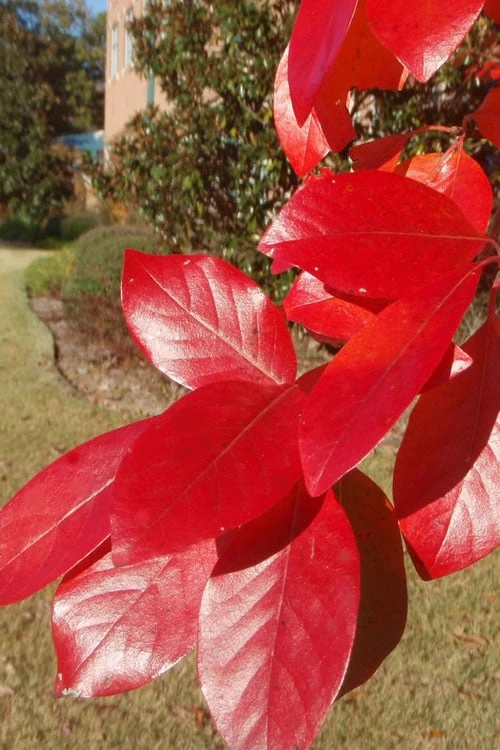
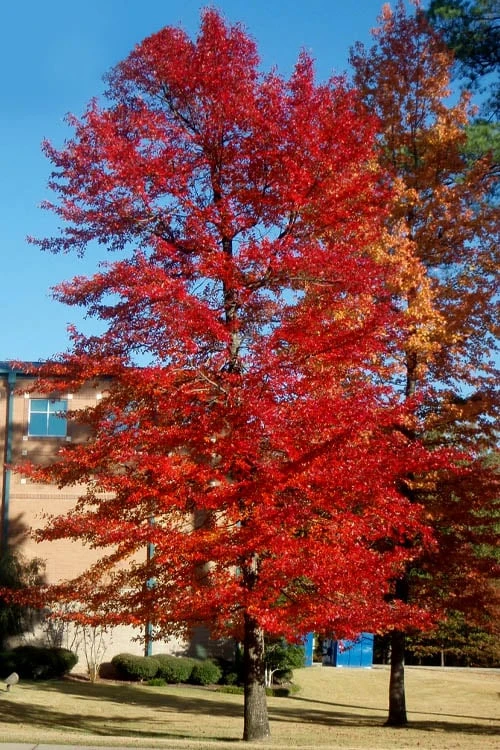



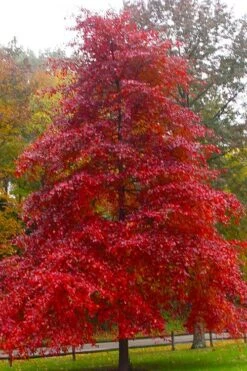

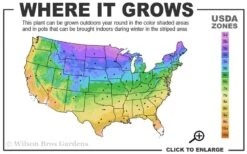
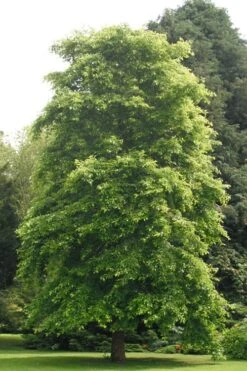



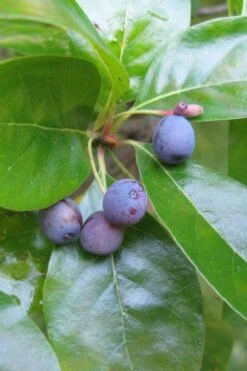
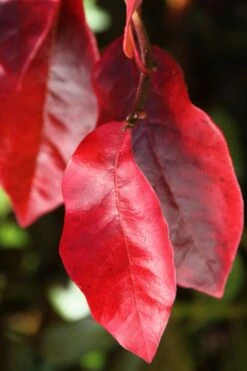

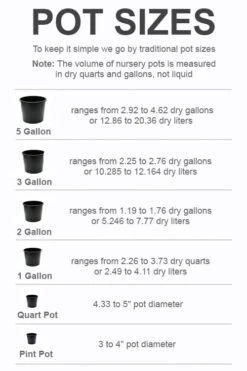






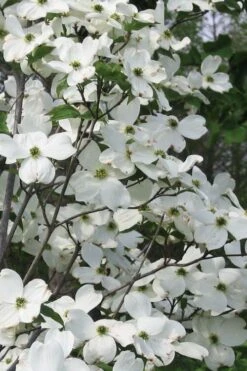





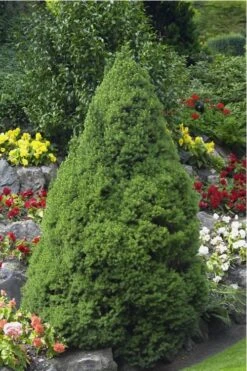
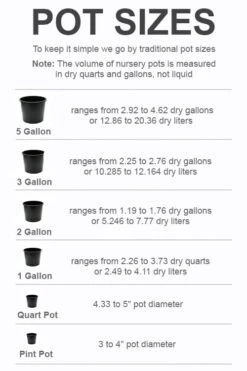
Reviews
There are no reviews yet.